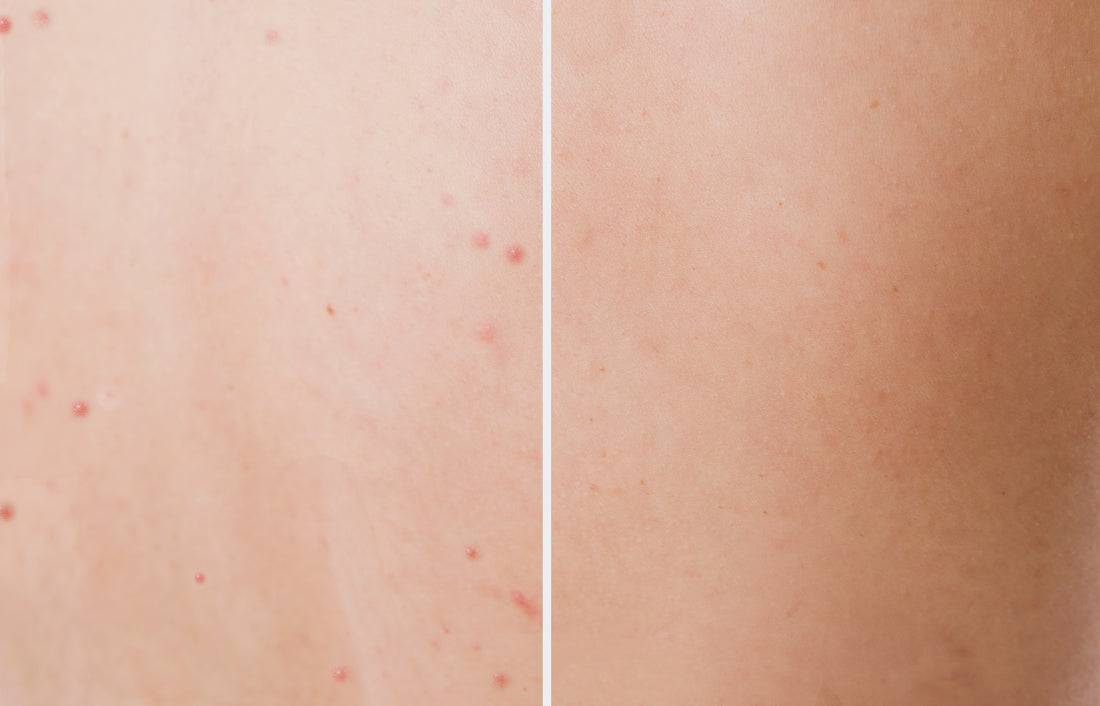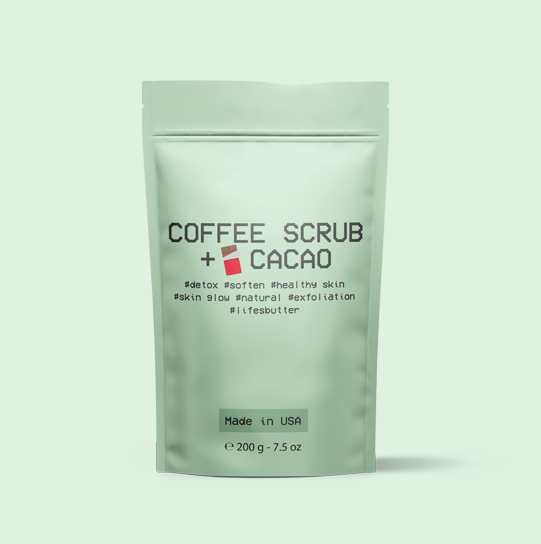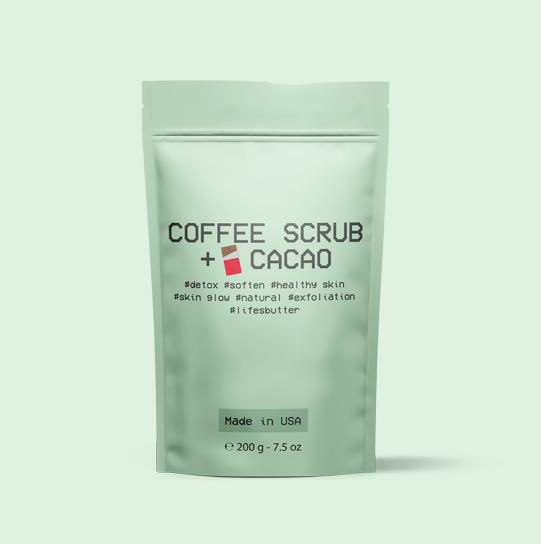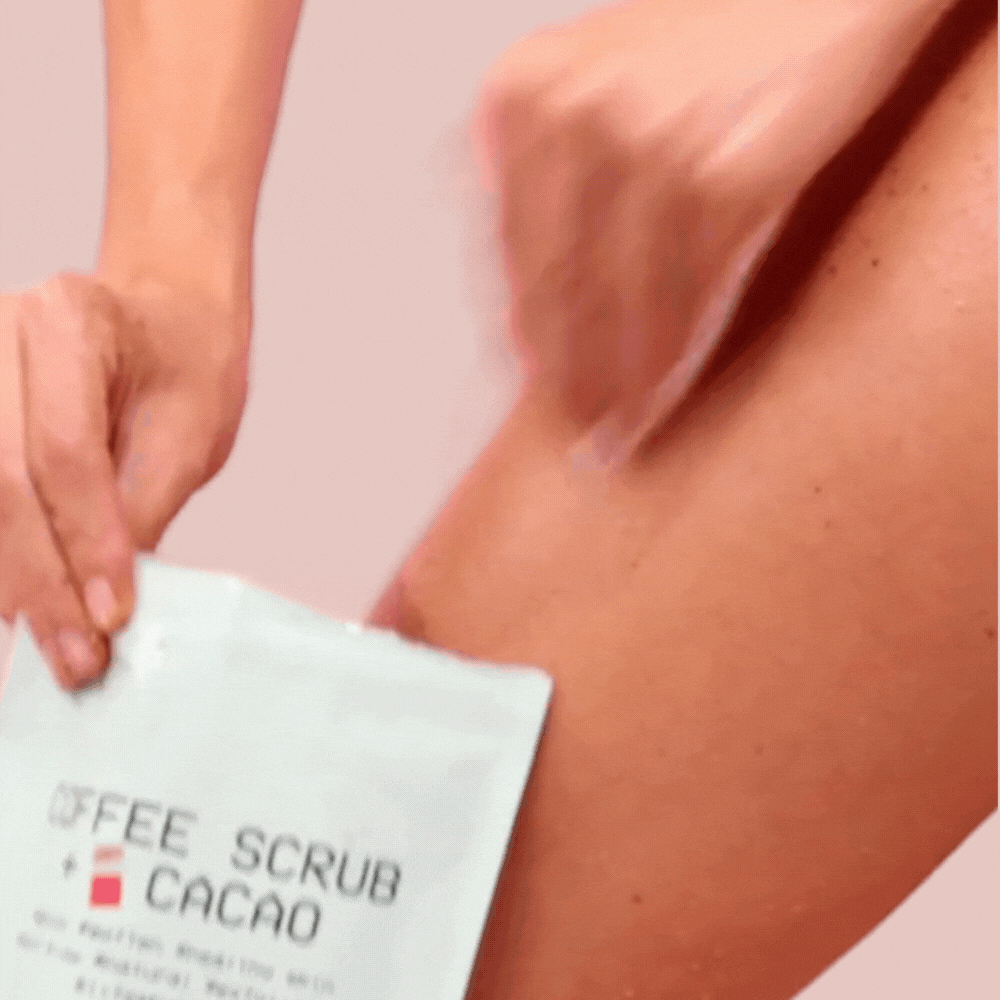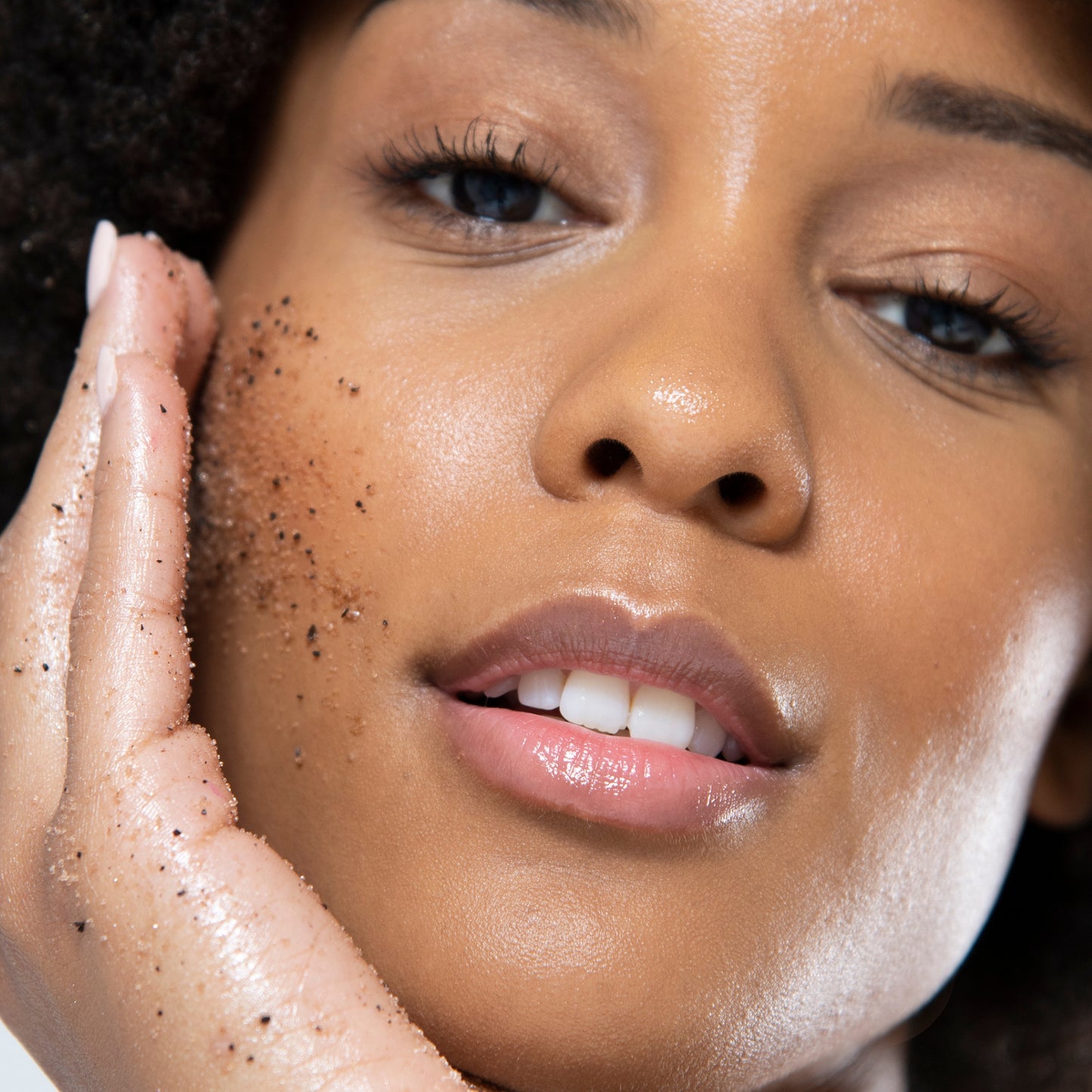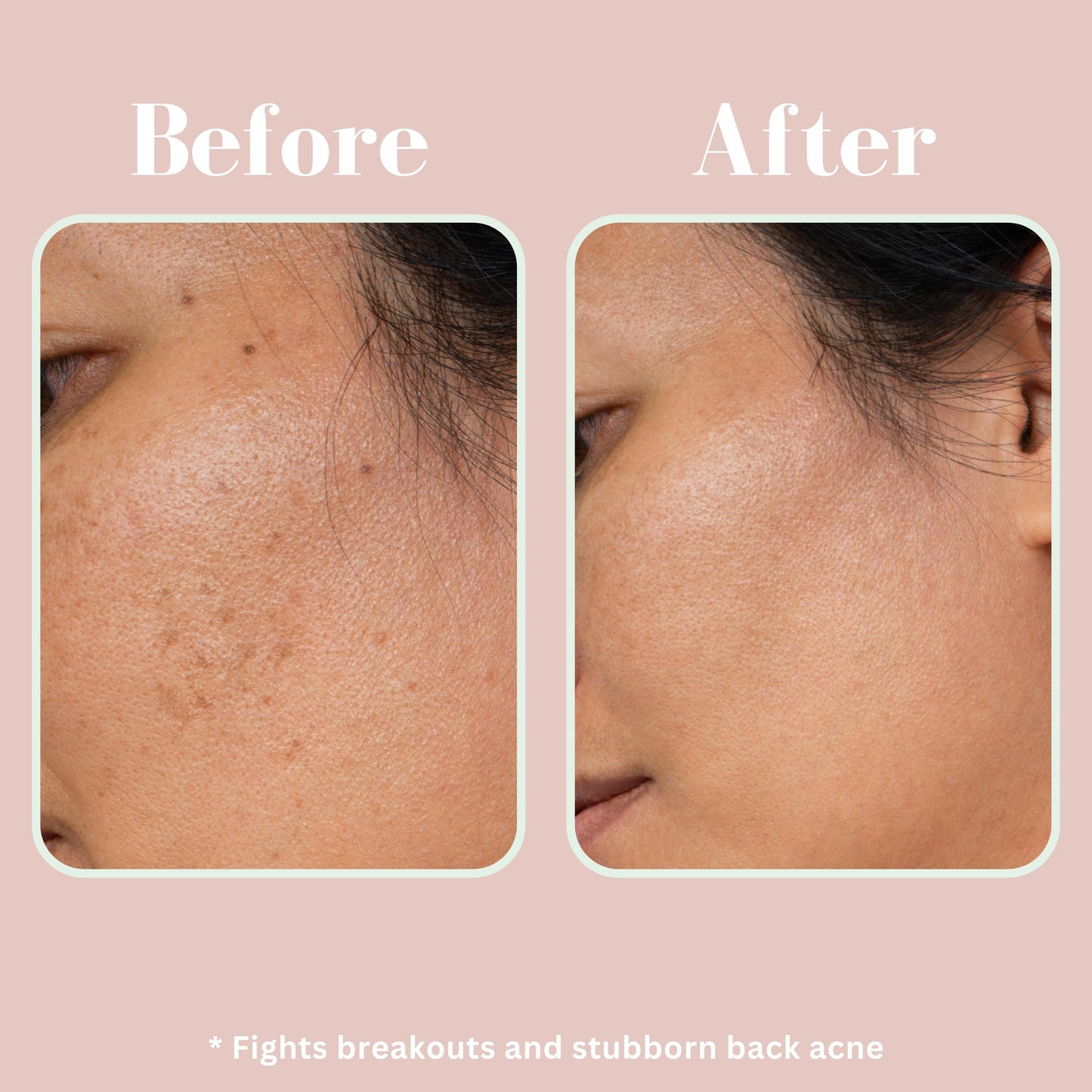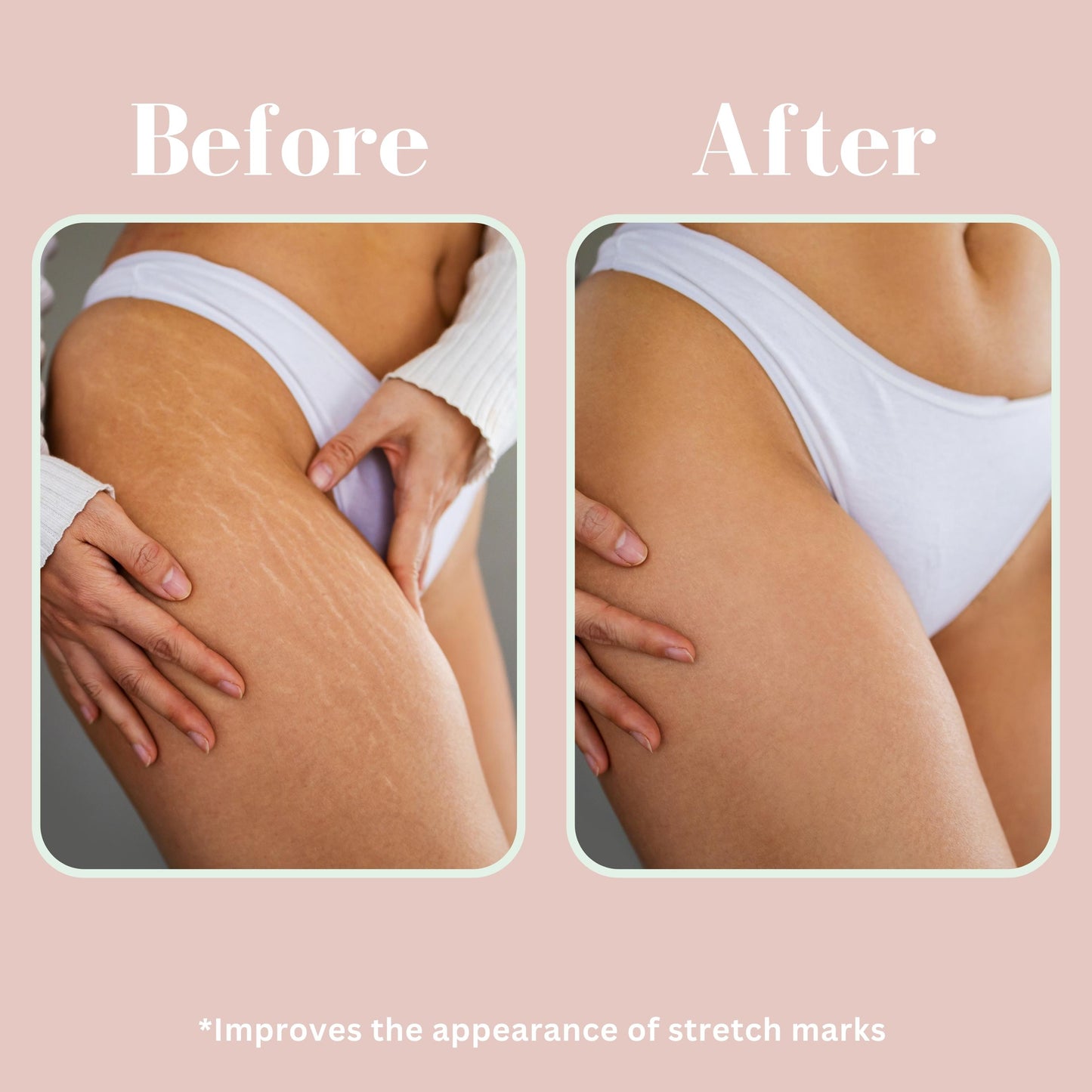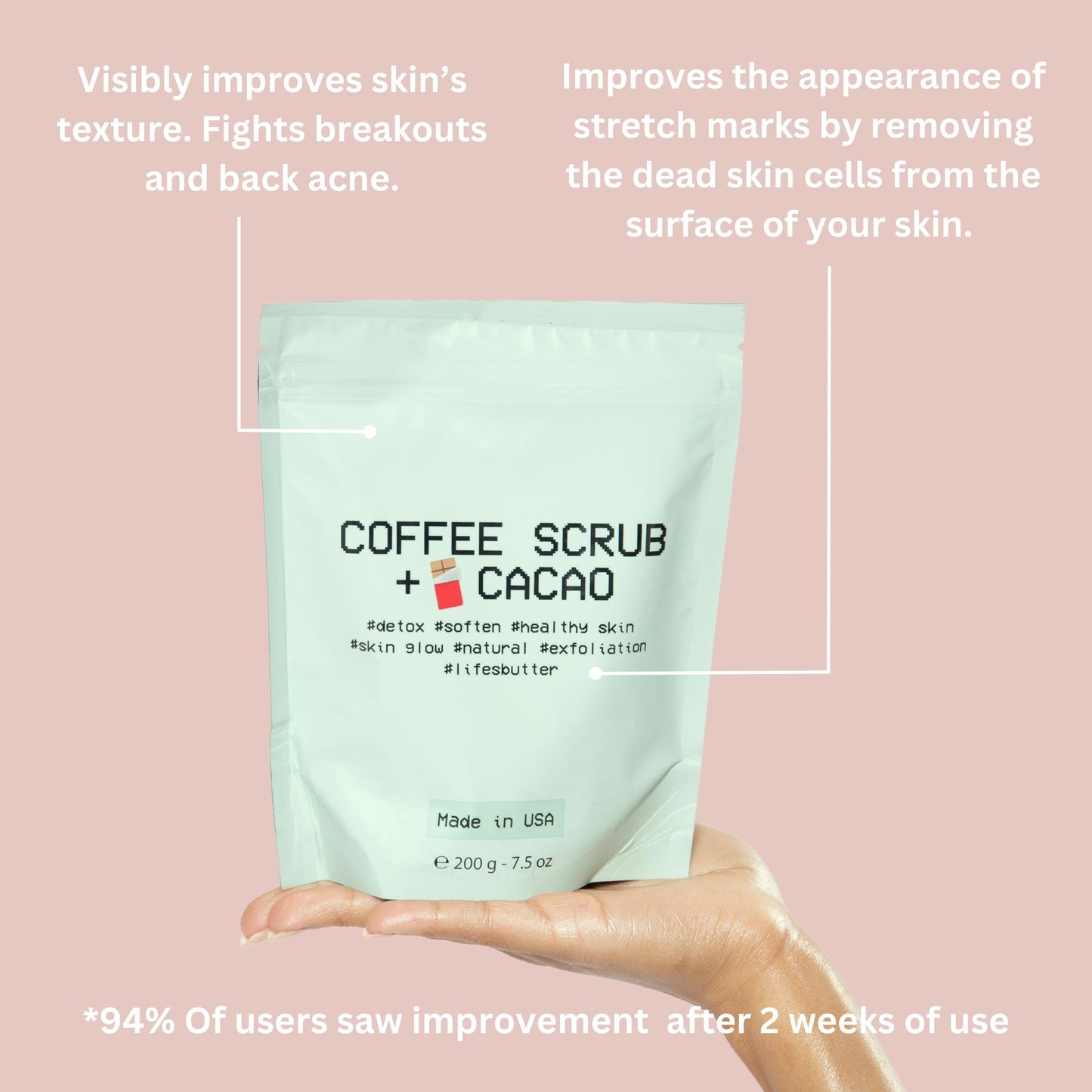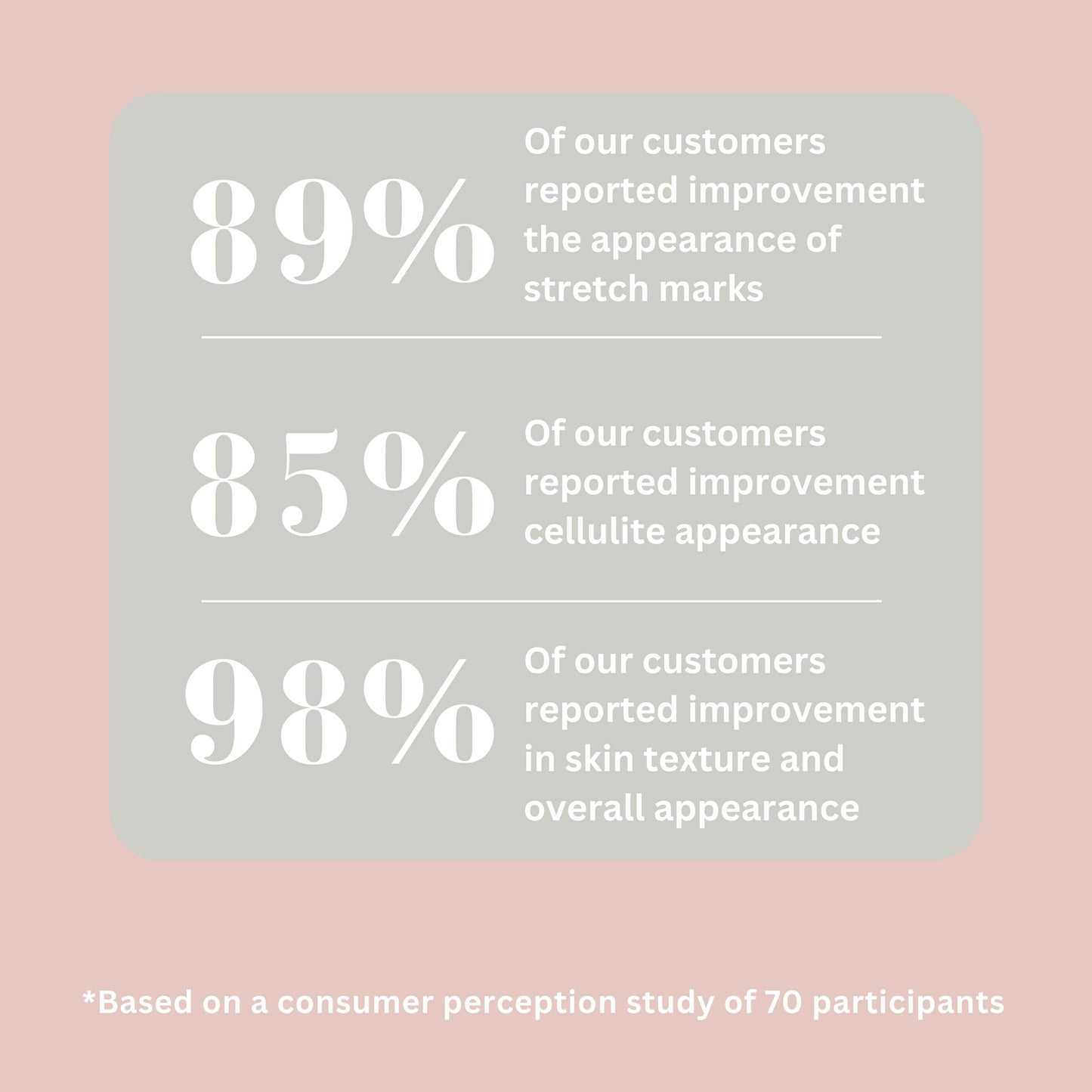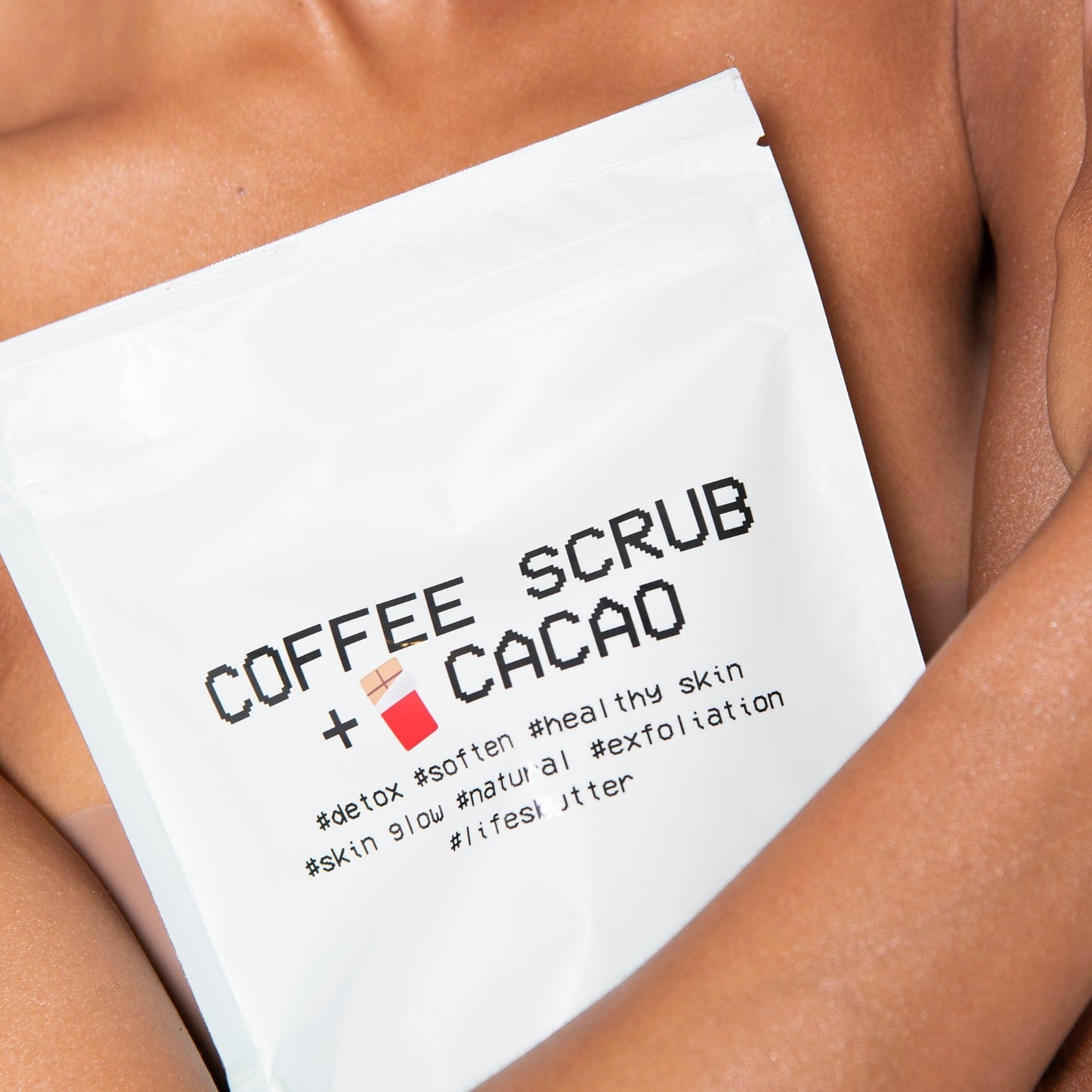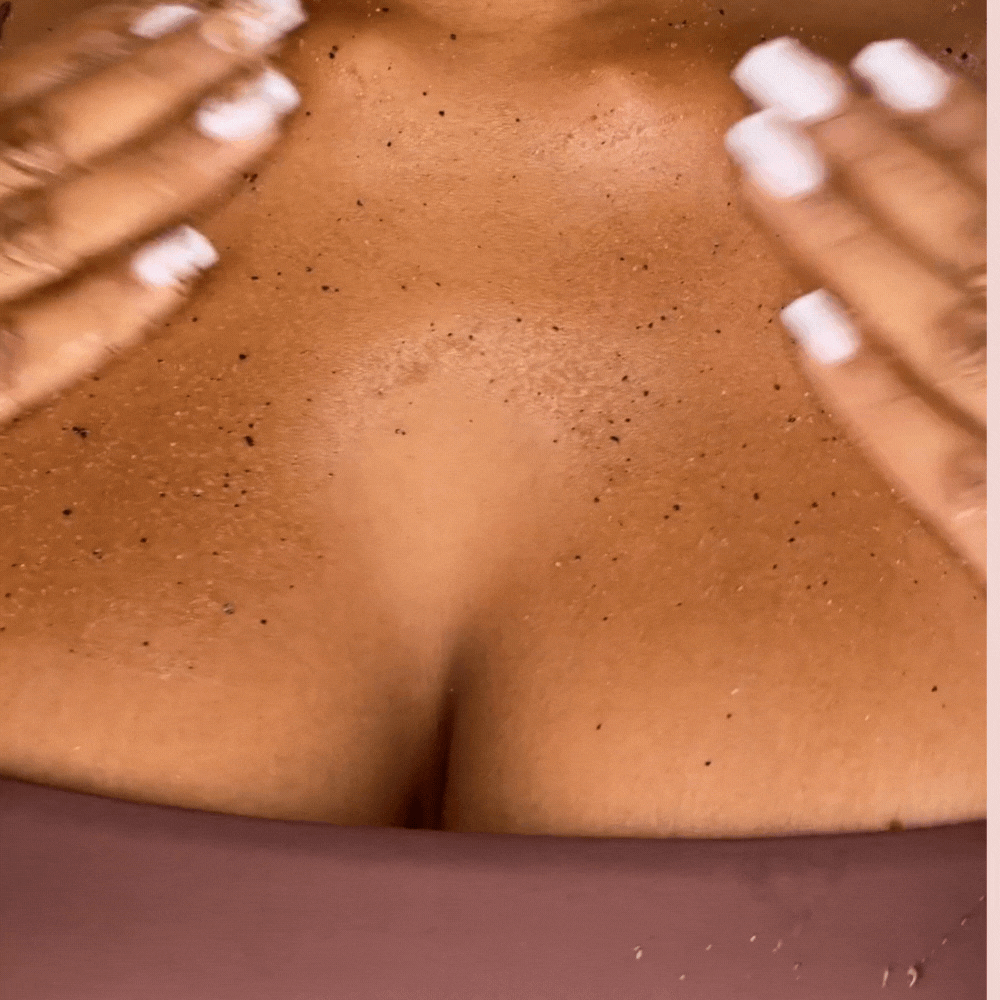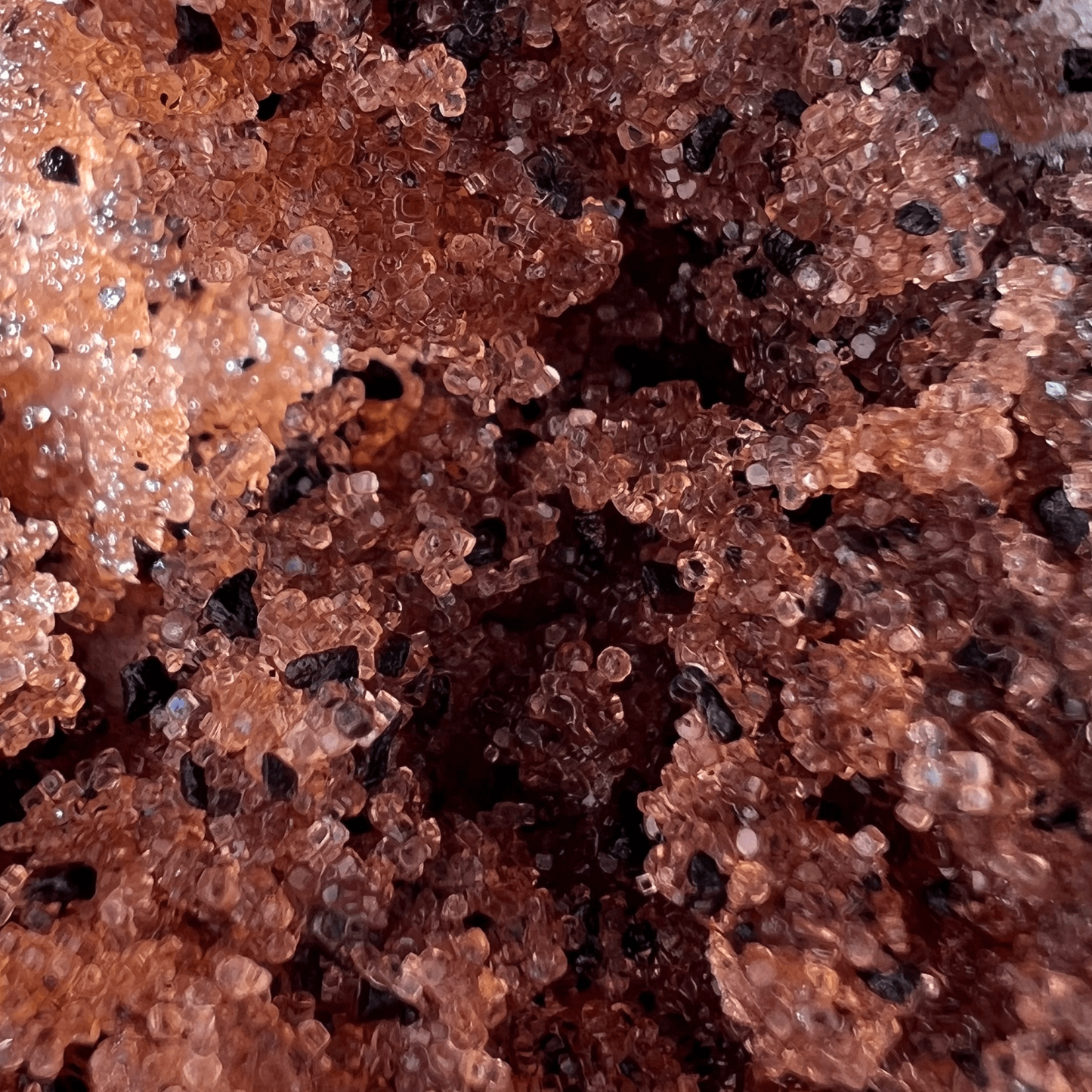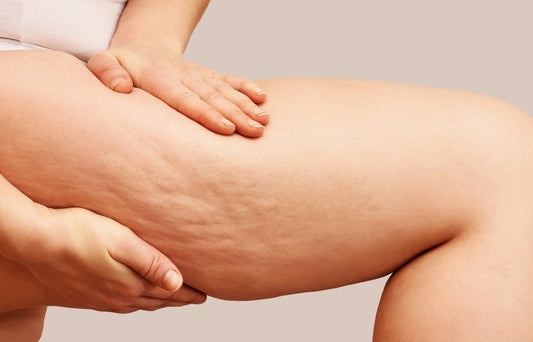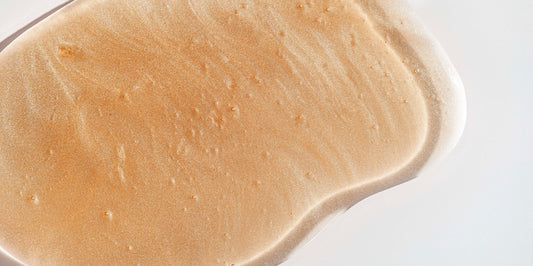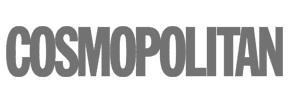Back acne, also known as "bacne," can be bothersome and affect one's self-esteem. Like acne on the face, back acne can have various causes, treatment options, and prevention measures. Here's a comprehensive guide on back acne, including its causes, treatment, and prevention strategies.
Causes of Back Acne:
-
Excess Oil Production: Just like facial acne, back acne can result from overproduction of sebum (skin oil) by the sebaceous glands. This excess oil can clog hair follicles and lead to acne.
-
Clogged Pores: Dead skin cells and oil can accumulate in hair follicles and pores on the back. When these pores become clogged, it can lead to the formation of pimples and blackheads.
-
Hormonal Changes: Hormonal fluctuations, often experienced during puberty, menstruation, pregnancy, or due to certain medical conditions, can trigger back acne.
-
Friction and Pressure: Wearing tight clothing or carrying heavy backpacks can create friction and pressure on the back, potentially causing acne or exacerbating existing acne.
-
Sweating: Sweating during exercise or hot weather can mix with bacteria and dead skin cells on the back, potentially leading to acne flare-ups.
Treatment Options for Back Acne:
-
Topical Products: Over-the-counter (OTC) topical treatments containing ingredients like salicylic acid, benzoyl peroxide, or alpha hydroxy acids can help unclog pores and reduce inflammation. Apply these products to the affected areas after cleansing.
-
Prescription Medications: If OTC products don't provide sufficient relief, consult a dermatologist who may prescribe stronger topical medications or oral antibiotics to address the inflammation and bacteria causing the acne.
-
Retinoids: Topical retinoid creams or gels containing adapalene or tretinoin can help unclog pores and promote skin cell turnover, which can be effective for treating back acne.
-
Chemical Peels: Dermatologists may recommend chemical peels with ingredients like glycolic or salicylic acid to exfoliate the skin and improve acne-prone areas.
-
Exfoliation: Coffee grounds can act as a physical exfoliant, helping to remove dead skin cells and potentially unclog pores on the back. This exfoliation can be beneficial for individuals with mild back acne.
-
Laser Therapy: In some cases, laser therapy or light-based treatments may be used to target and reduce acne on the back.
Prevention Strategies for Back Acne:
-
Proper Hygiene: Gently cleanse your back daily with a mild, pH-balanced soap or body wash to remove excess oil, sweat, and dead skin cells. Be cautious not to over-scrub, as this can worsen acne.
-
Shampoo Regularly: If you have long hair, ensure that you shampoo regularly and keep your hair clean. Oily hair can contribute to back acne.
-
Avoid Tight Clothing: Wear loose-fitting, breathable clothing made from natural fibers like cotton. Avoid tight clothes that can trap sweat and irritate the skin.
-
Shower After Sweating: If you've been sweating, take a shower as soon as possible to prevent sweat from mixing with bacteria and clogging pores.
-
Non-comedogenic Products: Use non-comedogenic (non-pore-clogging) skincare and body care products to minimize the risk of clogging pores.
-
Exfoliation: Gently exfoliate your back 1-2 times a week to remove dead skin cells. Avoid harsh scrubs that can irritate the skin.
-
Sun Protection: Apply sunscreen to your back when exposed to the sun. Sunburn can worsen acne and lead to post-inflammatory hyperpigmentation.
-
Dermatologist Guidance: If your back acne is persistent or severe, consult a dermatologist for a customized treatment plan and professional advice.
Remember that results may take time, and consistency is essential when treating and preventing back acne. It's crucial to be patient and follow your chosen treatment regimen to achieve clearer, healthier skin on your back.


